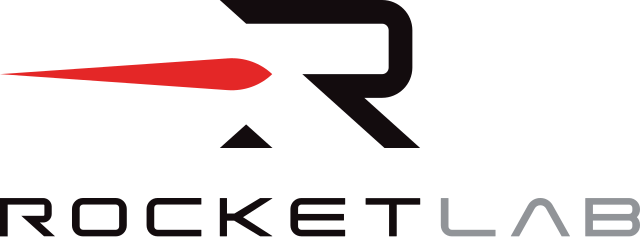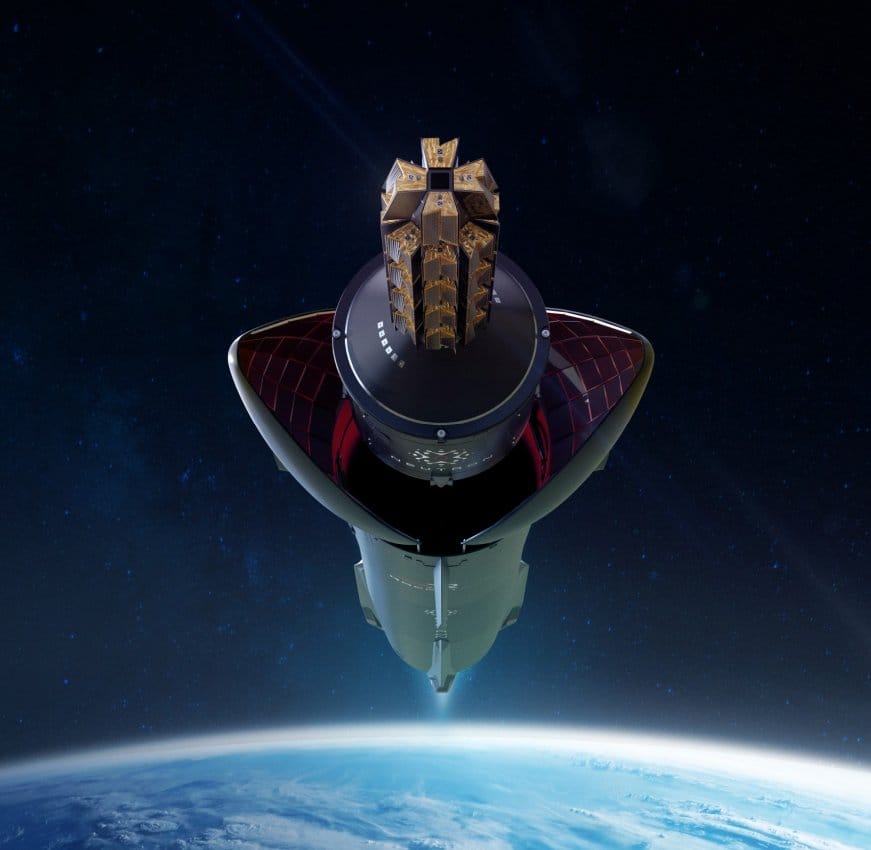- Marksman Research
- Posts
- Marksman Monday Update
Marksman Monday Update
Our Second Post In Our Series. This Week We're Covering Rocket Lab
While we’ve covered Rocket Lab before here at Marksman Research, we want take this Monday newsletter to dive into their technology more. We see the market is starting to discover the value of Rocket Lab’s technology.

Rocket Lab’s Neutron rocket, announced in 2021, is a new spacecraft designed to surpass the smaller Electron rocket in capacity, reusability, and mission flexibility. While Electron can carry 300 kg to low Earth orbit, Neutron will deliver up to 8,000 kg in reusable mode, or 15,000 kg in expendable mode, positioning Rocket Lab to compete with larger vehicles like SpaceX’s Falcon 9. Neutron’s first stage is fully reusable, designed to return to the launch site with powered landings, unlike Electron’s limited reusability. Utilizing methane and liquid oxygen for its engines, Neutron is more sustainable and aligned with future-proof technology. Its carbon composite structure offers durability and weight efficiency, making it adaptable for satellite constellations, interplanetary missions, and potential human spaceflight. Neutron’s first launch is projected to be next year.
Rocket Lab is entering a market primarily focused on propulsion-powered rockets intended for either deep-space exploration or commercial transportation purposes. The Neutron rocket is primed to meet, if not set the industry standard for high performance while maximizing cost efficiency and frequency. Rocket Lab’s successful first hot fire of Neutron’s Archimedes engine, which notably reached 102% power, puts Neutron’s first flight on track for mid-2025, making it the fastest medium-class launched vehicle ever brought to market. As a reusable first-stage rocket, Neutron’s carbon composite material and cryogenic propellant mix make it the first rocket to withstand repeated forces of launches and re-entry from deep space missions. The rocket’s design allows it to carry up to 13,000 kilograms of payload to LEO (low earth orbit), meaning it is more than capable of complex deployments of satellite mega-constellations. Looking towards the future of space exploration, commercial human spaceflight promises breakthroughs in making entry to space more accessible and sustainable. This can only be a reality if spaceflights are frequent and cost-effective, qualities that directly align with Neutron rocket’s reusability and ability to land directly on launch sites, making Rocket Lab and its Neutron project leaders in the deep-space market.
Neutron is a catalyst for Rocket Lab’s cost-efficiency, which helps to propel Rocket Lab to a favorable position to compete with SpaceX. Similar to SpaceX, Rocket Lab has a reusable 1st stage of their rocket. Reusable engine saves the company time and money by reducing the cost to embark on each launch. This represents a 65% discount to traditional non-reusable rockets, which is a massive difference to both management and investors. It’s also better for the environment since the company isn’t forced to build a new 1st stage every time they make a rocket, which also minimizes the environmental consequences of discarding parts of their rocket, since there isn’t as much lost in each trip. Additionally, Rocket Lab CFO disclosed that Neutron is expected to have a launch cost of $50 million - $55 million, compared to the $67 million it takes to launch SpaceX’s Falcon 9. This is due in part to the difference in LEO (Low Earth Orbit) carrying capacity exhibited by the two rockets. Neutron can carry 13,000 kg with a recoverable capacity of 8,000 kg, whereas SpaceX can handle up to 22,800 kg. This disparity in weight makes SpaceX a costlier launch alternative, likely making Rocket Lab more appealing. These factors above position Rocket Lab as a more cost-efficient alternative.
Neutron can help Rocket Lab achieve profitability. Historically, Rocket Lab has been a negative free cash flow business, primarily due to the large capital expenditures that come with producing new rockets. Management indicated in the second quarter earnings call that expenditures are expected to continue increasing with Neutron spending and development until mid-next year during launch when capex will “plateau and trail off”. The expectation is that we are currently in a period of high R&D to support fast, robust growth that will ultimately pay off with Neutron’s high ASP (average selling price) and TAM. Neutron’s ASP is $55m compared to Electron’s $8m, a steep increase. General consensus among Deutsche Bank’s sell-side analysts is that if the Neutron maiden launch mid 2025 is successful, RKLB will target 3 launches in 2026 and an additional 5 in 2027 without significantly more capex because of reusable launches. Assuming this number is doable and assuming management’s conviction that demand is expected to remain high, that is roughly $500m in additional cash flow without significant capex after early 2025. RKLB has roughly -$149m TTM FCF and Neutron can help them achieve profitability.
The risks of Rocket Lab have remained the same since its inception. The competition with other end-to-end space companies, specifically SpaceX has always been an issue. Rocket Lab began by sending satellites into Low Earth Orbit (LEO) with SpaceX being its closest competitor. SpaceX has dominated LEO and satellite implementation. Rocket Lab has had a total of 53 launches and 1,700 satellites with Rocket Lab Technology. SpaceX has had 392 launches and 6,700 satellites in orbit. Rocket Lab has struggled in maintaining competitiveness with SpaceX and has changed their strategy to try and move away from competition with SpaceX. With the creation of the Neutron launcher, Rocket Lab hopes to move into deep space missions. While this could mean growth and differentiation in the short term, it is inevitable that SpaceX will try to move into this space. Rocket Lab’s market cap is $5.5 billion and SpaceX’s valuation is $210 billion.

Rocket Lab’s recent $625,000 NASA contract for Mars research demonstrates the potential of its new Neutron rocket. Neutron (nearly 2.5 times larger than its predecessor Electron) is designed for reusability and high-performance launches. Rocket Lab expects Neutron’s first flight to be in mid-2025, and it will propel the company into deep-space exploration, human spaceflight, and satellite mega-constellation markets with efficient payload capacities (up to 13,000 kg to Low Earth Orbit). This expansion into more deep-space missions aligns with Rocket Lab’s goal of positioning itself as a more indirect competitor to SpaceX, which dominates the Low Earth Orbit segment. Rocket Lab’s anticipation of greater launch frequency with Neutron, largely due to its reusability, is expected to drive the company toward profitability by reducing capital expenditures and increasing revenues, with estimates suggesting an additional $500 million in cash flow without significant capex after early 2025.
Rocket Lab represents the promise of a young company entering a space that (no pun intended) is likely going to be one of the largest industrial sectors over the next 20-30 years. We’re really optimistic about what’s to come. The question is if the company will provide investors stratospheric returns much like how they lift payloads to new heights.
We’re optimistic.
Disclosure: At the time of this publication some members affiliated with Marksman Research own stock, options or other interest in RKLB.